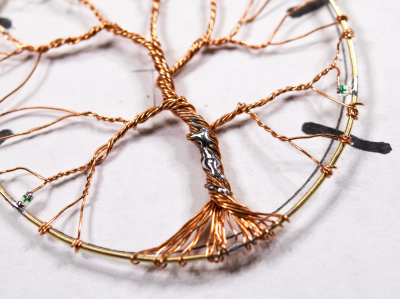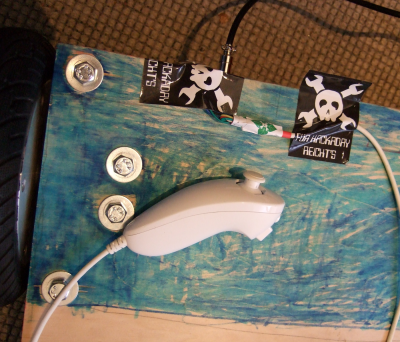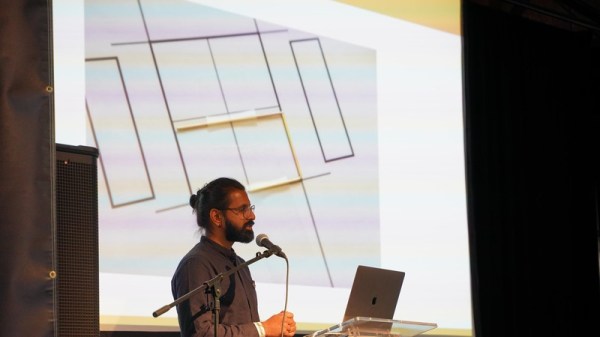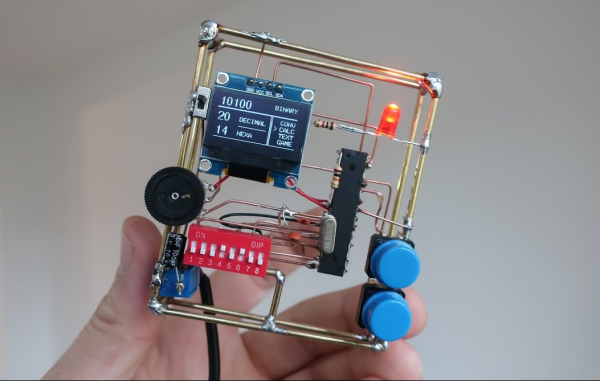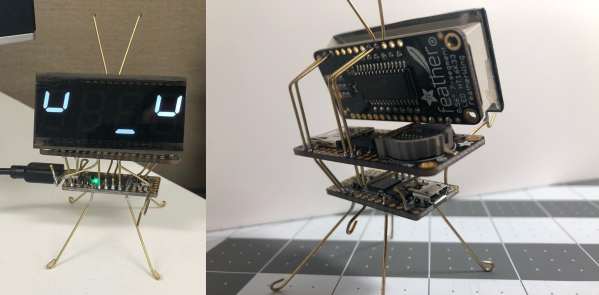While the COVID-19 pandemic at least seems to be on a downward track, the dystopian aspects of the response to the disease appear to be on the rise. As if there weren’t enough busybodies and bluenoses shaming their neighbors for real or imagined quarantine violations on social media, now we have the rise of social-distancing enforcement drones. These have been in use in hot zones around the world, of course, but have only recently arrived in the US. From New Jersey to Florida, drones are buzzing about in search of people not cowering in fear in their homes and blaring messages about how they face fines and arrest for seeking a little fresh air and sunshine. We’re all in favor of minimizing contact with potentially infected people, but it seems like these methods might be taking things a bit too far.
If you somehow find yourself with some spare time and want to increase your knowledge, or at least expand your virtual library, Springer Publishing has some exciting news for you. The journal and textbook publisher has made over 400 ebook titles available for free download. We had a quick scan over the list, and while the books run the gamut from social sciences to astrophysics, there are plenty of titles that are right in the wheelhouse of most Hackaday readers. There are books on power electronics, semiconductor physics, and artificial intelligence, as well as tons more. They all seem to be recent titles, so the information isn’t likely to be too dated. Give the list a once-over and happy downloading.
Out of all the people on this planet, the three with the least chance of being infected with SARS-CoV-2 blasted off from Kazakhstan this week on Soyuz MS-16 to meet up with the ISS. The long-quarantined crew of Anatoly Ivanishin, Ivan Vagner, and Chris Cassidy swapped places with the Expedition 62 crew, who returned to Earth safely in the Soyuz MS-15 vehicle. It’s a strange new world they return to, and we wish them and their ISS colleagues all the best. What struck us most about this mission, though, was some apparently surreptitiously obtained footage of the launch from a remarkably dangerous position. We saw some analysis of the footage, and based on the sound delay the camera was perhaps as close as 150 meters to the launchpad. It’s hard to say if the astronauts or the camera operator was braver.
And finally, because neatness counts, we got this great tip on making your breadboard jumpers perfectly straight. There’s something satisfying about breadboard circuits where the jumpers are straight and exactly the length the need to be, and John Martin’s method is so simple you can’t help but use it. He just rolls the stripped jumpers between his bench and something flat; he uses a Post-it note pad but just about anything will do. The result is satisfyingly straight jumpers, ready to be bent and inserted. We bet this method could be modified to work with the stiffer wire normally used in circuit sculptures like those of Mohit Bhoite; he went into some depth about his methods during his Supercon talk last year, and it’s worth watching if you haven’t seen it yet.



